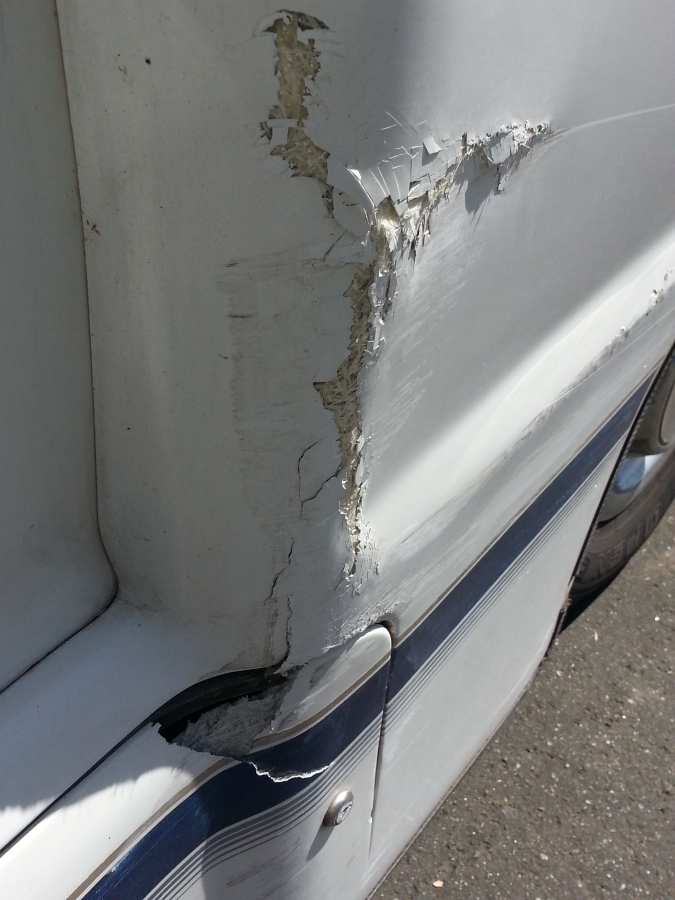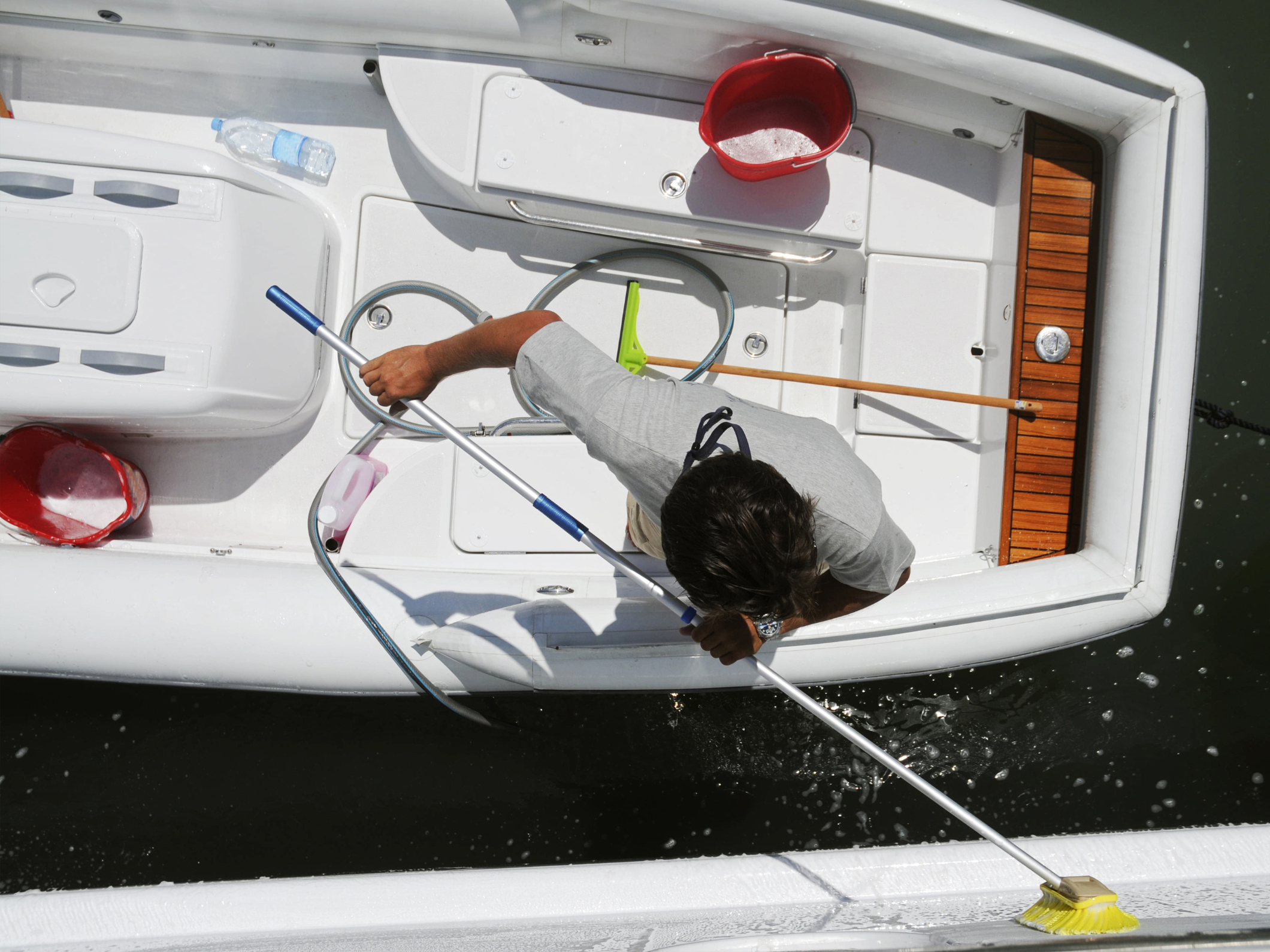
Fiberglass maintenance
A comprehensive guide on cleaning, restoring, and maintaining fiberglass surfaces

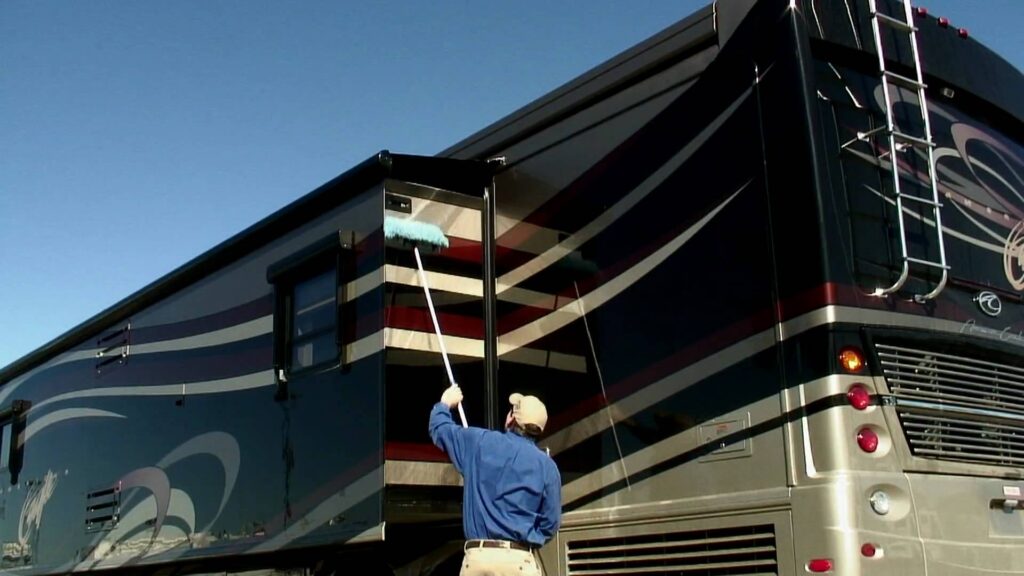
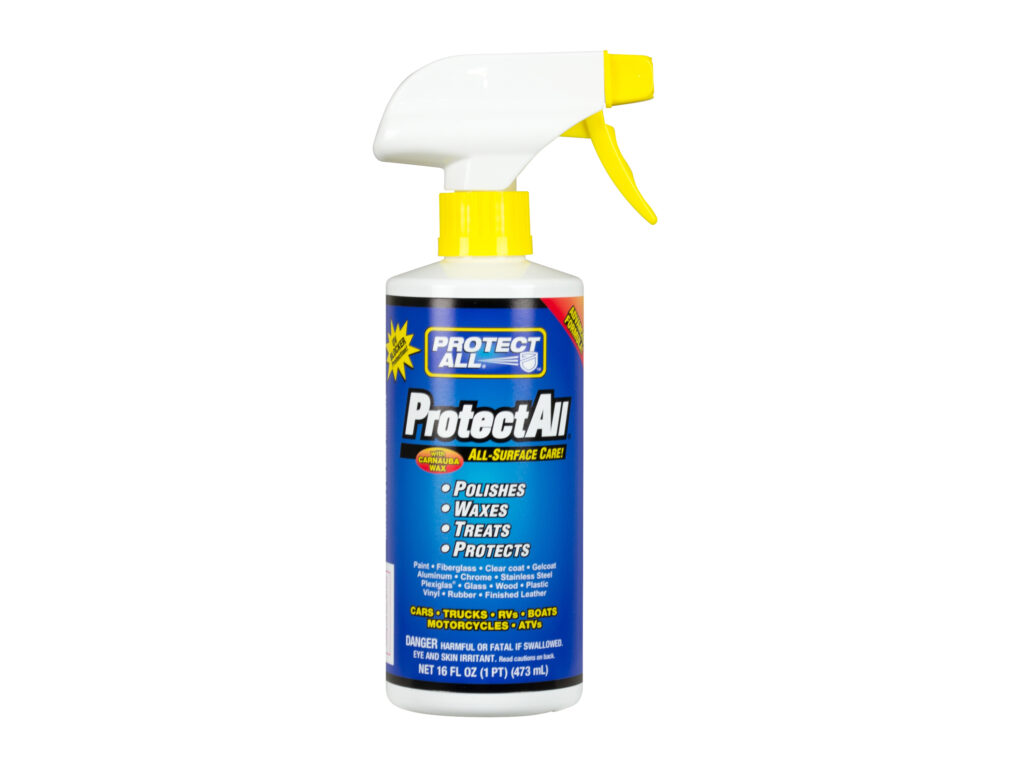
Choose a wax suitable for fiberglass, like Protect All, Polish, Wax and Treatment with UV Protectant. Regardless of the product you select, be sure to follow the application instructions to ensure that you get the best results and all the benefits that the product has to offer. Be sure to apply the products using the regular intervals suggested above.
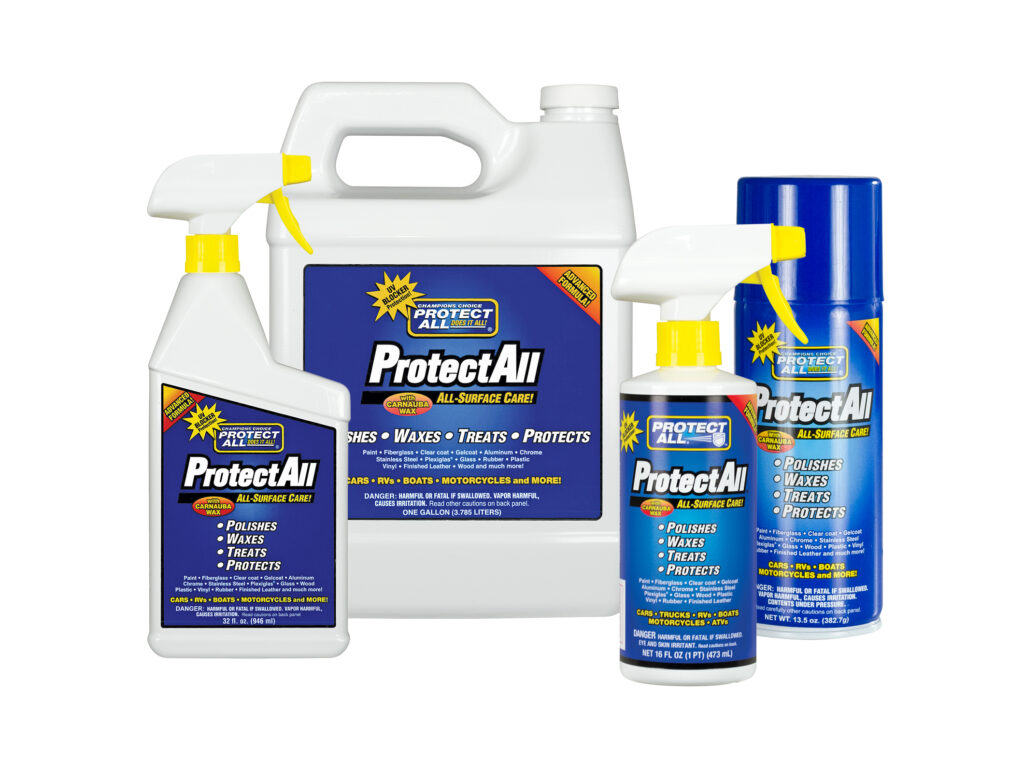
All-Surface Care
Multi-surface automotive detailer that cleans, polishes, waxes, treats, and protectsFormulated as a 5-in-1 product, All-surface Care cleans, polishes, waxes, treats, and protects and is designed to work on exterior and interior surfaces of cars, RVs, trucks, motorcycles, boats, or even at home.

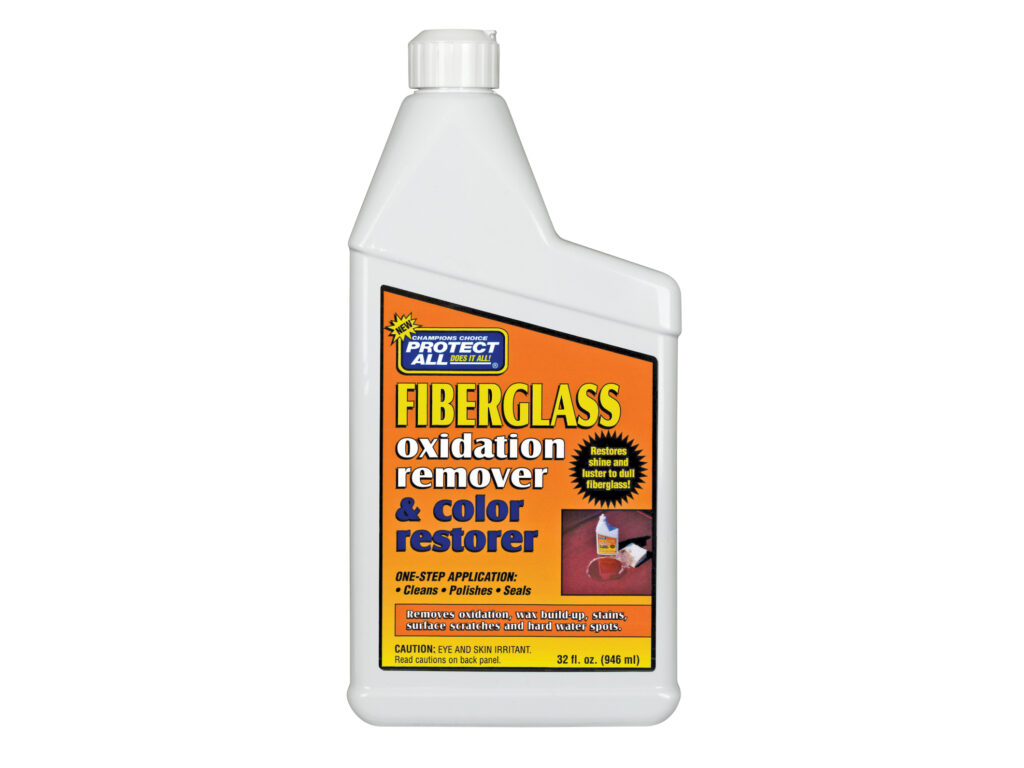
Cleaning faded or oxidized fiberglass

Fiberglass Oxidation Remover
2-in-1 formula, removes oxidation and seals surfacesFormulated to restore shine to fiberglass and aluminum, the Fiberglass oxidation remover cleans wax buildup, stains, and surface scratches, while also sealing the surfaces.
